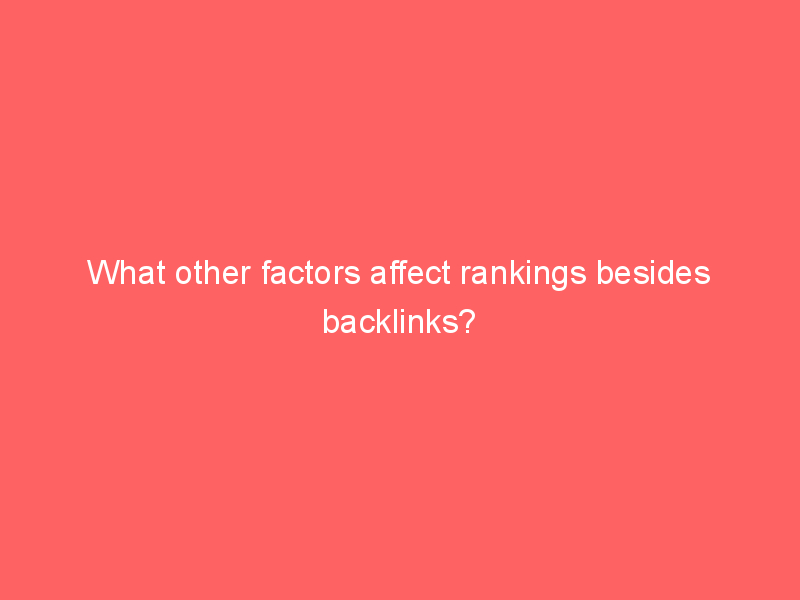GET A FREE CONSULTATION



Posted by Sanket Patel
December 02, 2011
Remember the “good old days” when the fastest way to get the rank at the top of the search stack would have more of your keywords stuffed in his text and meta tags than their competitors did? Fortunately, times have changed. Today, higher rankings are possible because of back links with authority, credibility and brand actionable content. But what they do not realize is that today’s search engines can be analyzed much more than you might expect.
In fact, Google has been awarded thousands of patents to their ad networks, products of the cloud and its flagship search engine more intuitive and efficient. Combine this with other search technologies Bing billing himself as a “decision engine” and you will see that search engines are getting smarter all the time. And while none of them is exactly what analysis reveals that you are using to judge who sits where, here are some little-known factors used to analyze the pages and may affect its classification.
On-Page Behavior
What do people do once they get to your site? Does your site allow them to share a page on Twitter or Facebook? Do they can easily print or bookmark a page to read the information in future? How many people have visited your site through a link on your email or RSS feed? You already know that search engines are factoring in Twitter hashtags and Facebook likes, while the previous strategy, like the exact match domains are becoming increasingly less of an indicator of range. In fact, Facebook share on SEO get more momentum than simply liked.
Language and Keyword Density
Keep your keyword density or below a certain percentage seems to be a commandment written in stone for some vendors. But it’s more about the correlation between how search engines see language used in your page, and how it relates to other pages on your site. Diversify your content, link their messages whenever possible, and give the search engine of the total circulation of one issue: the big picture and not small, intermittent “bites”. This in turn makes your page more relevant and gives a higher quality score.
Brand and Association
You build a brand remarkable, or what you are linked with each other? Have shown that trends tend to favor sites that Google has the ability to connect quickly to the researchers what they want (as is the point of the search engine in the first place). Shoes? Zappos. Recipes? Food Network can be linked to these types of “entities” together with the relevant search engine product such as reviews, locations and videos. In the advanced world of internet it can be easily say that so-called “level playing field” that the Internet has been famous for – is disappearing.
Pages and Time on Site
You can often gauge how well a site is doing by the number of pages each visitor browsing, and how long they spend on the site. In fact, you can use clickstream tools such as ScrollMap CrazyEgg to see how far people are reading an article before clicking elsewhere. A small number of pages per visit and time on site could mean that either people do not find what they want on your site or its contents are not being effective. Ask yourself – “What do I do at the end of the page?” Read related articles? Share with friends on social networks? Search or coupon offers in your local area?
Server Location
This does not affect your ranking since Google and other search engines is no longer focused only on the IP address to locate your target market is coming from but may still play a role in other indicators, such as speed of loading your site (which does not affect the order). You can help Google point in the right direction by using the Webmaster Tools and geographical indications such as a listing with your address and phone number in Google places. It is clear that this information is only relevant if you have a TLD is as a country, such as. com. net, or ORG rather than the. co.uk or com.au.
Bounce Rate
This is an important factor that many people do not fully understand. A high bounce rate can indicate several things. Above all, people coming to your site are not expected to find the solution. Proper use of titles, title, and even including the keywords in landing pages can help reduce the dropout rate. The same applies if your site loads very slowly. Javascript rid of superfluous graphics and replace everything you can with streamlined CSS instead. You could make a big difference in load time.
It is said that Google uses over 200 different algorithms for judging a site should be classified. What other social behaviors or technical factors do you think have an impact on your site? Share them below in the comments.